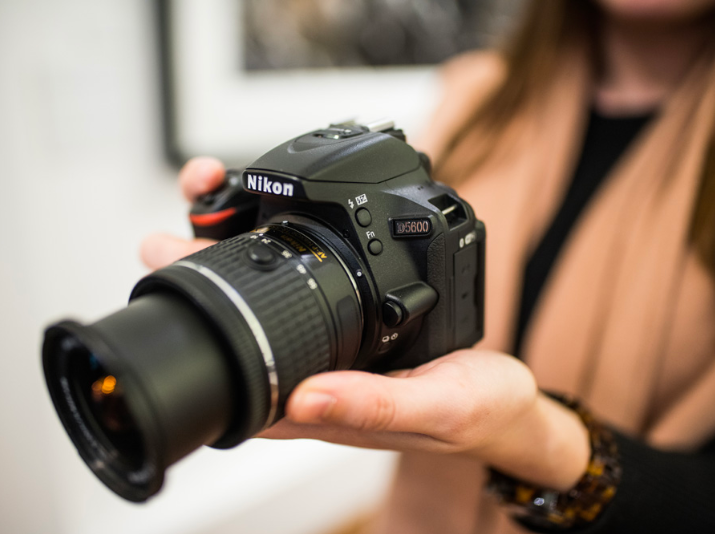A RAW (NEF) file will give you the highest quality images and the greatest opportunities for editing. Think of it as being like a negative in the film days; it’s got all the captured data in it, but it’s not really viewable until it’s been “developed” i.e. processed on your computer in software such as Photoshop or Lightroom. That’s an advantage or a disadvantage, depending on how much you enjoy playing with digital images… If you’re a novice to editing, our own free software, Capture N-XD, has similar features to Photoshop and Lightroom, so it’s a great way to get started.
A JPEG, on the other hand, is a “finished” image in a universal format, so you can share it immediately you’ve captured it. Although you can edit it on your computer, this is not to anything like the same extent as a RAW file. A JPEG is a “lossy” format, so every time you save it you irretrievably lose a little more data. What this means in practice is that the D7200, for example, will create a fine/large JPEG file of 12MP and a basic/large JPEG file of 3MP – that’s an awful lot of data lost compared to the camera’s 28.5MP RAW file.
You can hedge your bets by shooting RAW + JPEG, although this will obviously use up your memory card space even more quickly than RAW or JPEG alone – but it does give you a finished JPEG image if you decide RAW editing is not for you.
Select in the SHOOTING MENU
Find out more about RAW v JPEG

